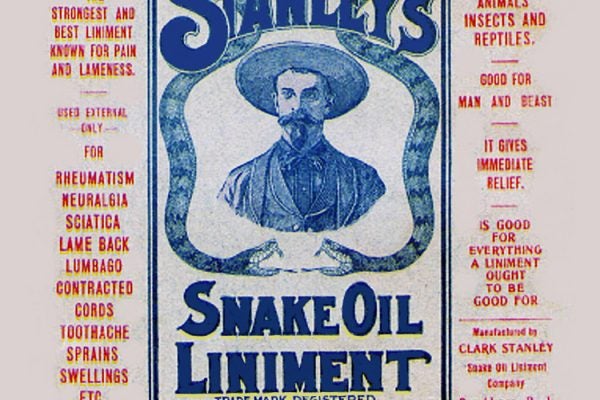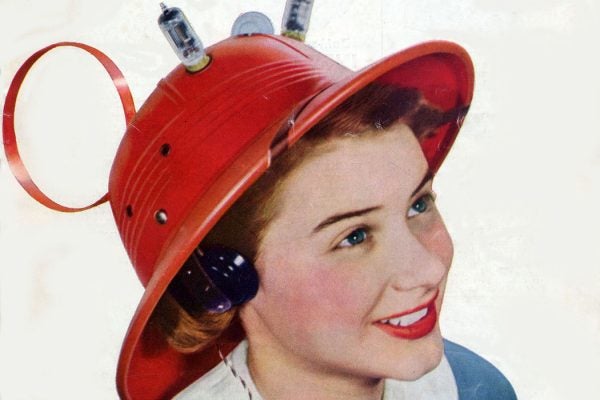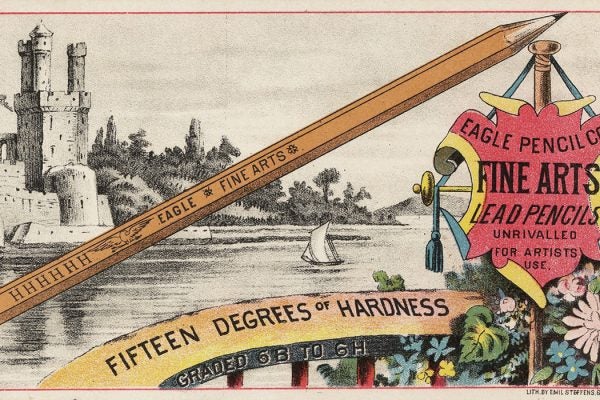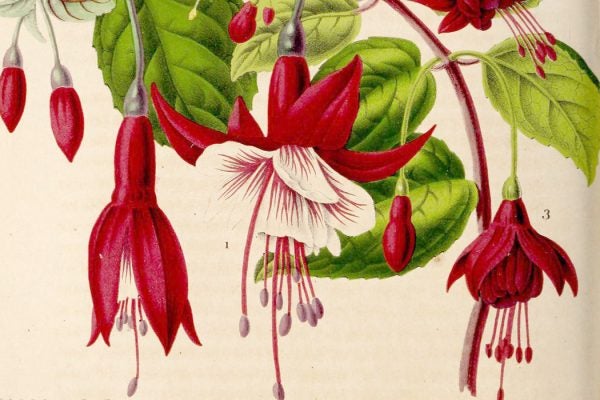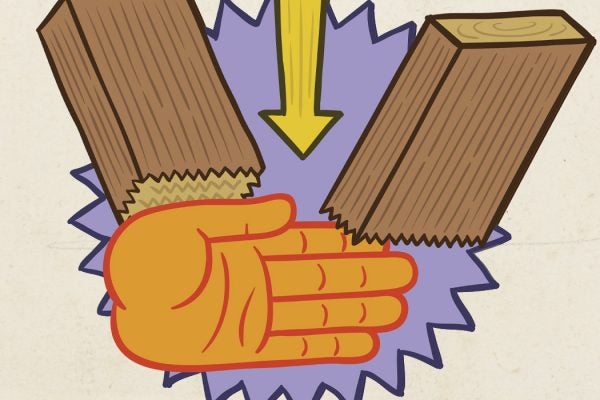The Cabarets of Heaven and Hell
In 1890s Paris, cabarets in bohemian Montmartre gave visitors a chance to tour the afterlife.
Why Do We Fall for Scams?
People want to believe that the person they trust with their money, or their hearts, is telling the truth. The con artist relies on that.
Food…in…Space!
A brief history of astronaut food, from nutrition cubes to space salads.
Can Radio Really Educate?
In the 1920s, radio was an exciting new mass medium. It was known for providing entertainment, but educators wondered if it could also be used for education.
Why You’ll Never Get Lead Poisoning from a Pencil
Some of the greatest moments in international pencil history involve discoveries of a different mineral.
Tidal Power: A Forgotten Renewable Resource?
For well over a century, engineers have proposed harnessing the ocean's tides for energy. But the idea hasn't seemed to register in many places.
Chien-Shiung Wu, the First Lady of Physics
Chien-Shiung Wu disproved a fundamental law of physics—a stunning achievement that helped earn her male colleagues (but not her) a Nobel Prize.
Plant of the Month: Fuchsia
Too popular for its own good? The career of a flower so powerfully beautiful, fashion would inevitably declare it over.
The Physics of Karate
A human hand has the power to split wooden planks and demolish concrete blocks. A trio of physicists investigated why this feat doesn't shatter our bones.
Why Hasn’t NASA Sent Anyone to Mars?
The Perseverance mission to Mars represents a considerable step forward for the space program. But are rovers as good as it gets?

